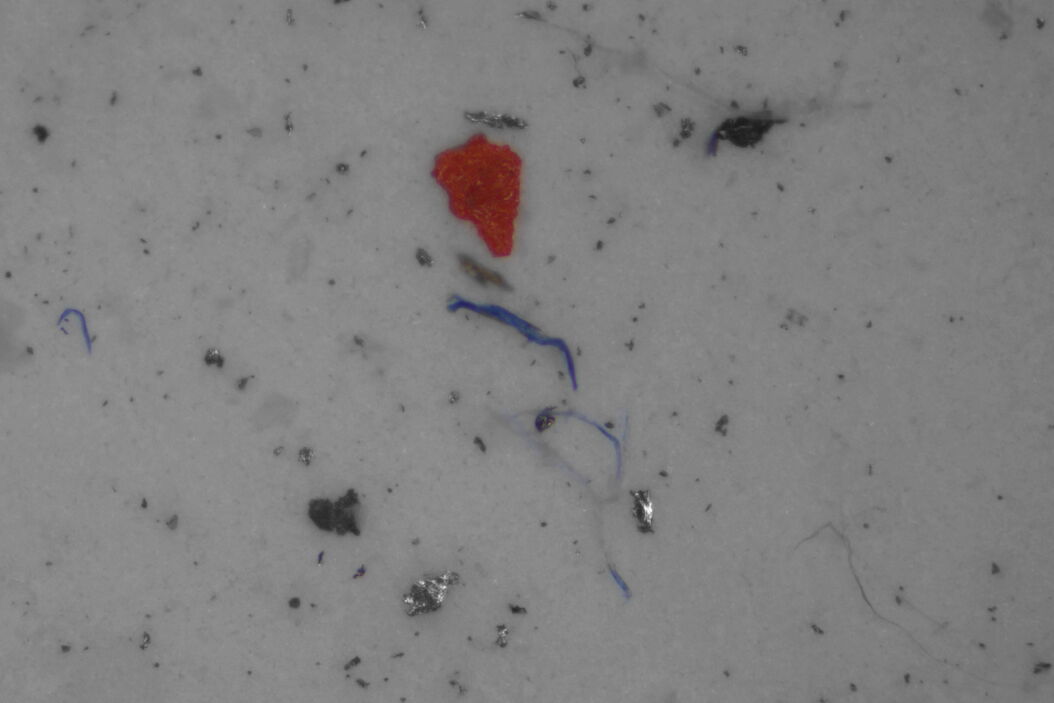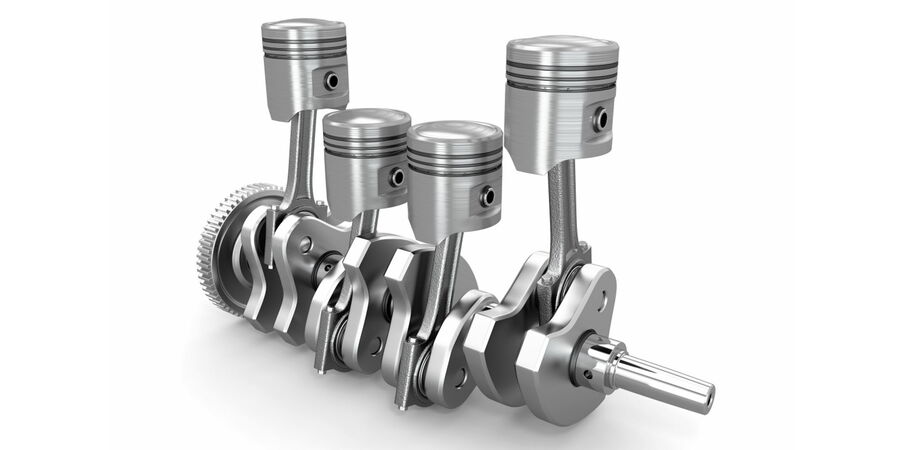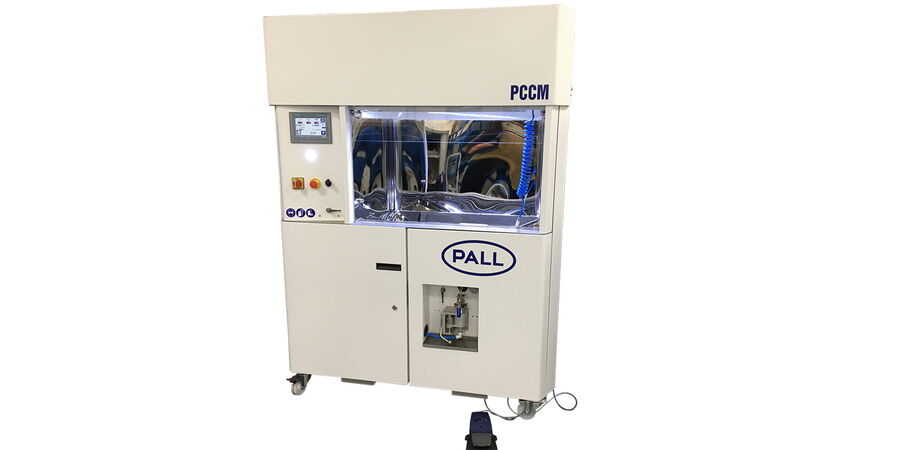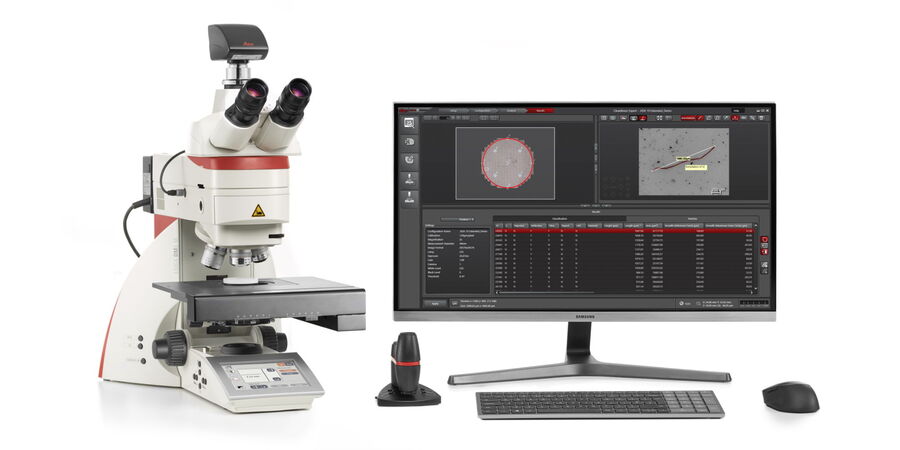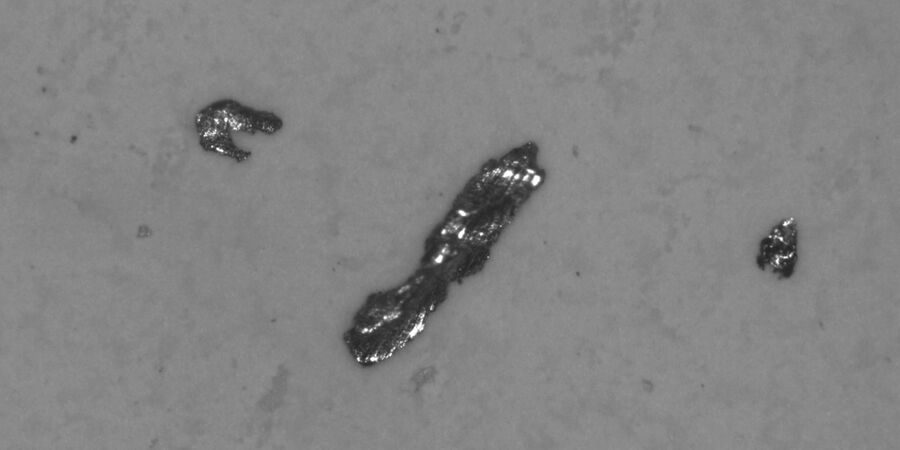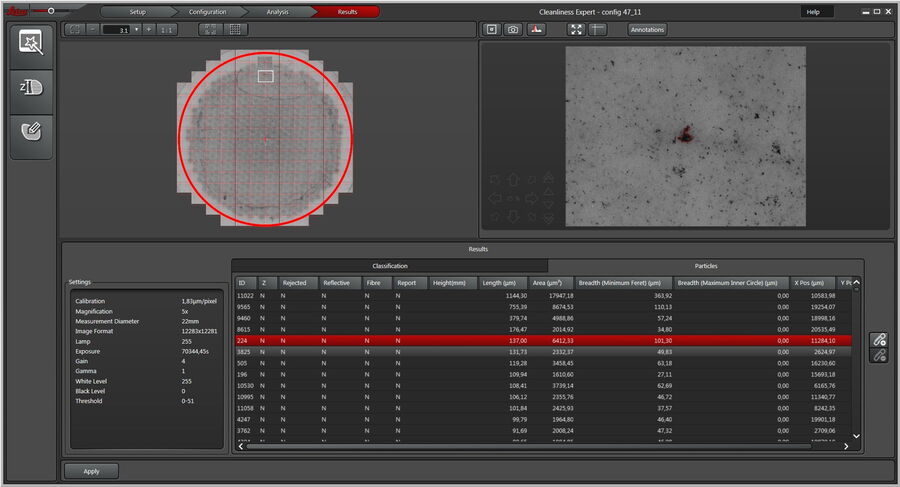Technical Cleanliness for Manufacturing
The performance, lifetime, and quality of products and their components manufactured in industries like automotive, aerospace, electronics, and pharmaceutics can be sensitive to contamination [1,2]. Foreign materials within the products can cause serious damage so, because of this, these industries often follow standards for technical cleanliness. Over time, the requirements for these cleanliness standards tend to become stricter. There are also examples like electric vehicles (e-mobility) which have parts and components from more than 1 industry, i.e., automotive and electronic parts as well as batteries, so they require the technical cleanliness standards of multiple industries.
The workflow for cleanliness analysis can involve multiple instruments, from particle extraction to automated particle characterization and classification, depending on the needs of the product manufacturer. Optical imaging methods are most often used for particle characterization [1,2]. Rapid chemical/elemental analysis of the particles is advantageous in terms of identifying the source of contamination [3]. Manufacturers can optimize the overall cleanliness workflow by taking advantage of the collaboration offered by Leica Microsystems and Pall [2,3].
Cleanliness Analysis Workflow – Steps
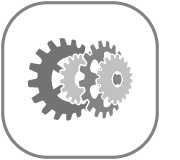
1. Parts / Components Preparation
Part Types, Required Methods
Preparation method will depend upon the type of part or component and the sample size to be analyzed. Determine the solution required for the specific part and sample size.
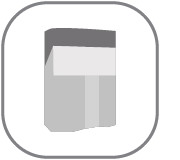
2. Extraction / Filtration
Agitation, Parts Rinsing, Ultrasonication, Test Bench
Extract contaminant particles from parts and components with spraying, rinsing, or ultrasonication. The cleaning solution is then passed through a filter, the type depending on the parts cleaned, and the particles retained on membranes for analysis. Washing cabinets and filters of different sizes from Pall can be used for this task. Filters are dried and then evaluated.
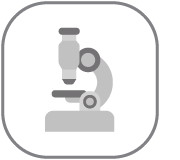
3. Particle Analysis
Detection, Quantification, Classification
The particles are detected, quantified, and classified according to their size and type, i.e., their potential to cause damage. It is done with a Leica cleanliness analysis solution using a compound or digital microscope and the cleanliness software module.
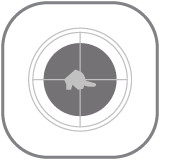
4. Check Results
ISO 16232 & VDA19
Review results from the analysis and identify if any potential killer particles are present. Reflective metal particles have a higher potential for damage and the Leica imaging solution can identify these metallic particles automatically. These potentially dangerous particles can influence the longevity of a component or even cause a system failure.
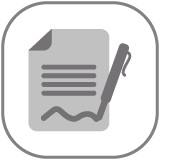
5. React
Apply Countermeasures
With the results from a full cleanliness analysis, step by step the workflow can be optimized. Then the potential killer particles can be identified, the source of contamination determined, and then the damaging particles eliminated. The aim is to always improve the cleanliness analysis process in order to eliminate and minimize contamination.
Cleanliness Analysis Solutions
Examples of cleanliness analysis solutions from Leica Microsystems include the DM6 M microscope or DM6 M LIBS 2-methods-in-1 system used with the Cleanliness Expert analysis software.
References
- Y. Holzapfel, J. DeRose, G. Kreck, M. Rochowicz, Cleanliness Analysis in Relation to Particulate Contamination: Microscopy based measurement systems for automated particle analysis, Science Lab (2014) Leica Microsystems.
- N. Ecke, Basics in Component Cleanliness Analysis, Science Lab (2017) Leica Microsystems.
- J. DeRose, K. Scheffler, Cleanliness Analysis with a 2-methods-in-1 solution: See the particles and know their composition at the same time, Science Lab (2019) Leica Microsystems.
- N. Ecke, C. Goasdoué, Cleanliness Workflow from Leica and Pall: Free Webinar On-Demand, Science Lab (2017) Leica Microsystems.
Related Articles
-
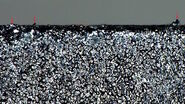
Burr Detection During Battery Manufacturing
See how optical microscopy can be used for burr detection on battery electrodes and determination of…
Apr 04, 2024Read article -
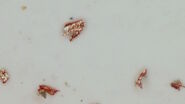
Battery Particle Detection During the Production Process
How battery particle detection and analysis is enhanced with optical microscopy and laser…
Apr 03, 2024Read article -
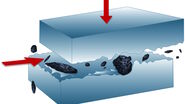
Key Factors for Efficient Cleanliness Analysis
An overview of the key factors necessary for technical cleanliness and efficient cleanliness…
Jan 03, 2024Read article
Related Pages
-
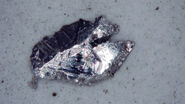
Technical Cleanliness
For industrial and electronics manufacturers as well as non-regulated pharma applications, solutions…
Visit related page
